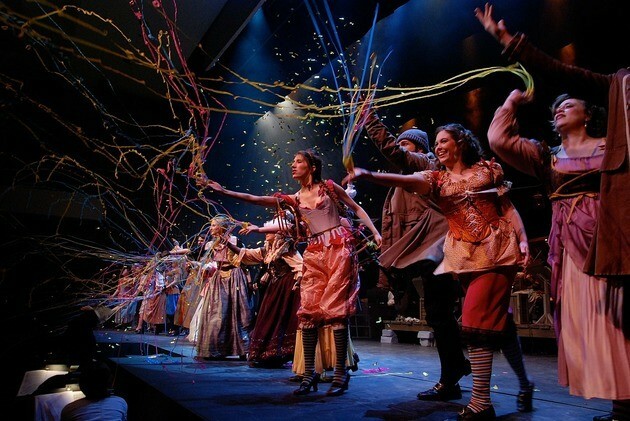The main difference between popular culture and high culture is that the former is based on the customs and traditions of the people. On the other hand, erudite culture would be related to a more critical, elaborate and elitist thinking of society.
A popular culture it is carried out spontaneously by the social group that produces it. It is usually transmitted orally and between families. An example is the popular festivals in which certain functions pass from father to son or from mother to daughter.
already the high culture it is a cultural or artistic manifestation that was generated after previous studies and that only specialized individuals can exercise it. Likewise, it is not dedicated to the general public, but to individuals with a certain level of education, study and specific training in certain knowledge.
For a long time, high culture was classified as the opposite of popular culture. However, currently many scholars see them as complementary, as many professional artists are inspired by popular culture to produce high culture.
| Popular culture | High Culture | |
|---|---|---|
| Origin | Artists without specific training | professional artists |
| elaboration | spontaneous | Requires study and planning |
| Streaming | orally | Through schools and written record |
| Accessibility | For all audiences | Specific audience, usually with formal school training |
| community participation | It is essential for carrying out | Participates passively, usually as an audience |
Popular Culture x Erudite Culture
As a rule, popular culture is described as spontaneous, simple and accessible. Because it is the transmission of the values and customs of the people, it is present and understandable by all interested parties.

The erudite is restricted to an intellectualized elite, due to the fact that it requires greater critical spirit and technical elaboration.
The erudite culture is usually related to the economically higher social strata, as it is the individuals who manage to gain access to environments where erudition predominates.
It is important to remember that the definitions of manifestations classified as popular culture and erudite culture are changeable, varying according to place and time.
For example, certain cultural manifestations that were considered popular in the past may be appreciated as part of high culture in the future. The clearest example is opera, which was presented at fairs and popular theaters and is now restricted to large theaters.
Popular Culture x Mass Culture
It is necessary not to confuse popular culture with mass culture. Normally, mass culture consists of contents and themes present in the imagination and daily life of the people, in common sense and in the cultural heritage of a given region.
However, instead of being carried out by the community, it is usually delivered as a product to the population, where the appearance and not the content is more important.
Country music, for example, is an example of how popular culture has turned into mass culture.
In the past, this type of music was rooted in the traditions of the interior of São Paulo and the Midwest and consisted of a tradition inherited from the viola fashions, brought by the Portuguese.
However, from the 1980s and 1990s onwards, there was a proliferation of country duos, who simplified the lyrics and melodies of the genre, transforming it into an object accessible to any audience.
See also the difference between:
- Material culture and immaterial culture
- myth and legend



